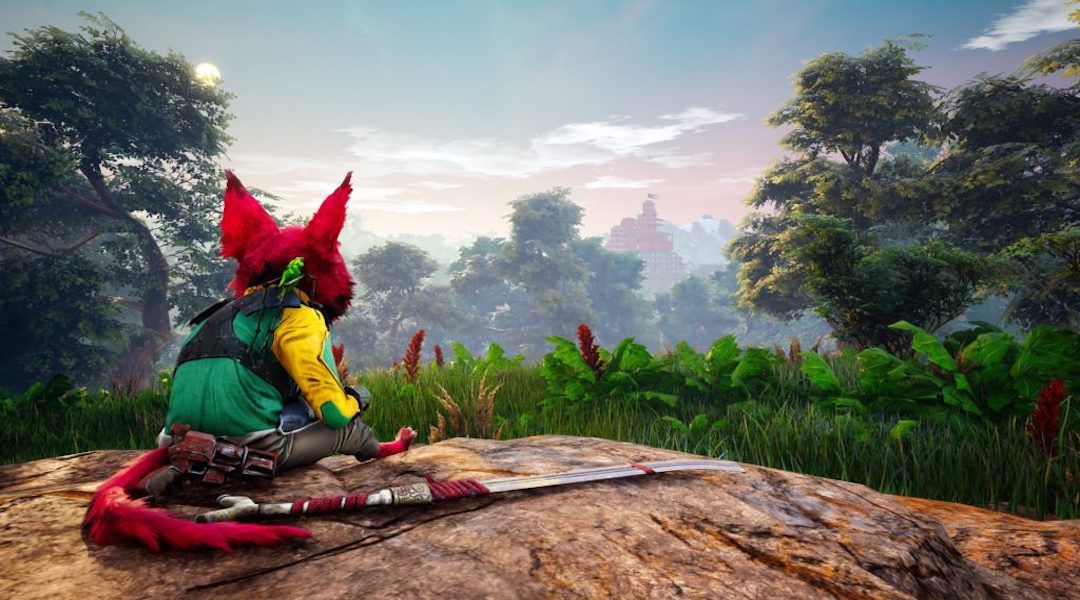

After each “ending” the game continues on into new territory, into bits of the story you’ve never seen before. Nier’s endings are more like chapters though. Nier boasts of 26 different “endings,” with five “main endings.” Having played a few visual novels and RPGs in my time, I took this to mean that the player reaches an ending and then starts over from the beginning to attempt a new one. It has one ending, and it is worth your while to reach it. The biggest misconception about Nier: Automata ($60 on Steam) is that it has five endings. The New Colossus’s greatest sin is arriving in a post- Doom world, because the Doom reboot is one of the all-time great shooters. So sure, there are a few parts where the pacing flags, a handful of arenas where the weaknesses of the shooting mechanics really get in the way. In The New Colossus, it’s…well, let’s just say an old dementia-riddled man provides some amazing entertainment. In The New Order that meant going to the moon. I loved 2014’s Wolfenstein: The New Order, and Wolfenstein II gave me more of what I loved: The absurd swings between BJ Blazkowicz’s gravelly monologues one second and campy All American rah-rah patriotism the next, the Nazified alt-history takes on 1960s and 70s pop culture, a certain willingness to go for it, to come up with absurd set pieces and ideas and then stick with them. But at the end of the day, I just don’t care. I could list a half-dozen things I don’t like about Wolfenstein II: The New Colossus($60 on Steam), starting with the lack of feedback when you’re being shot and ending with the final big fight (a slog). But if you just want to be told a story, or want to explore an interesting world and read pages and pages of dialogue about what makes it tick, then I think you’ll love it. If you’re looking for a(nother) game to fight your way through, Tides of Numenera probably isn’t a good choice.

It’s a font of creativity in a genre that’s all-too-often willing to play it safe, and a reminder that video games can do anything, not just retread the same narrow slice of tropes time and time again.
#New rpg games 2017 pc full#
From cities hidden inside transdimensional space slugs to a tavern full of psychics to a room inside your own mind, Tides of Numenera always has some new wonder to show you. You know, the same reasons people liked Planescape all those years ago. The rest was spent exploring Numenera’s refreshingly weird world and reading through pages and pages of dialogue. In 30ish hours I only had to sit through a half-dozen fights. It doesn’t matter though, at least not if (like me) you’re in it for the story. There’s plenty more we could discuss, especially surrounding the game’s take on Tokugawa-era Japan and the exaggerated story of real-life sailor/samurai William Adams, but combat is key to this genre and it’s Nioh’s exceptional combat that kept me coming back night after night. Turns out that’s exactly what I wanted from a Souls-style game. It’s a smart system, and one that encourages a much more aggressive play style. But whereas in Souls this often means cutting an attack short, in Nioh you can follow up a combo with a well-timed button tap to instantly regenerate some stamina-then either retreat to safety or continue to press the attack. Like in Dark Souls, attacking and blocking depletes stamina (called Ki here), and once it’s gone you leave yourself open to attack. Once you get the hang of it you’ll find yourself swapping stances mid-fight or even mid-combo to keep your opponent off-balance or maybe get in an extra-powerful hit while they’re staggered.īut my favorite feature is the Ki Pulse.

Each of Nioh’s dozen or so weapon categories (Spears, Dual Swords, Kusarigama, etc.) can be used in High, Middle, and Low stance, with each stance resulting in entirely different animations and combos.


 0 kommentar(er)
0 kommentar(er)
